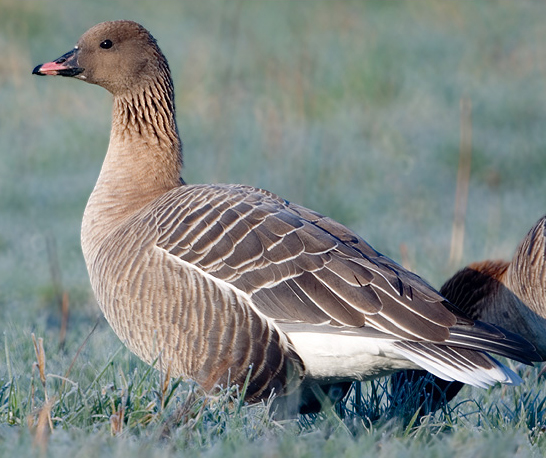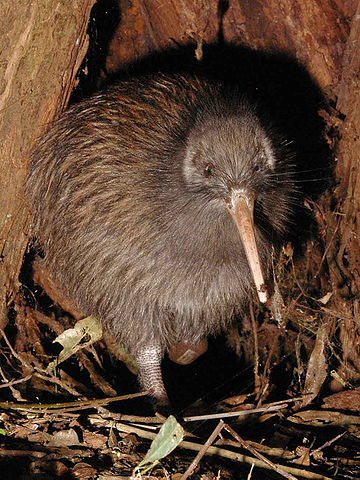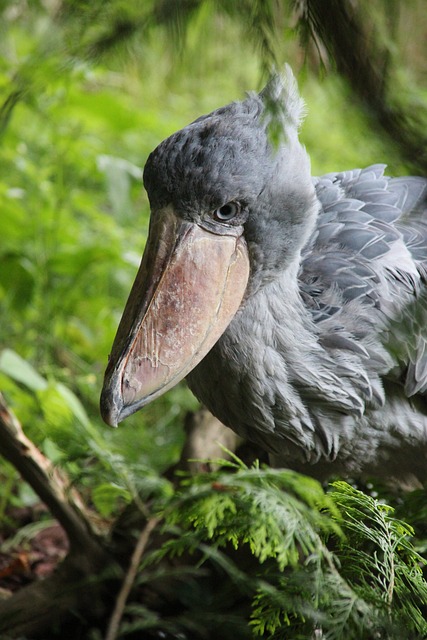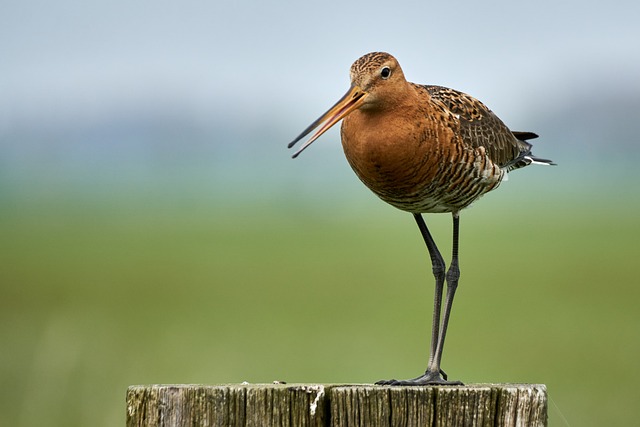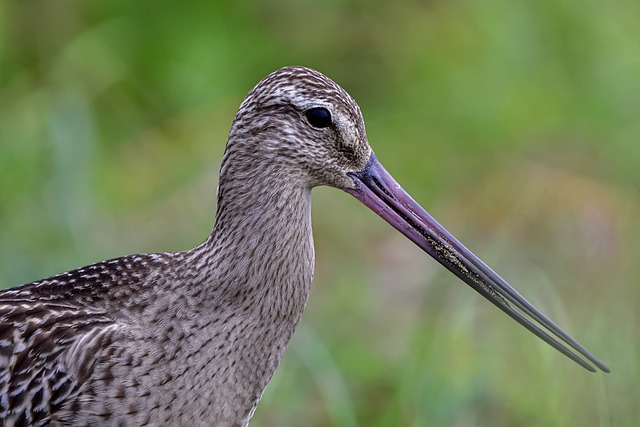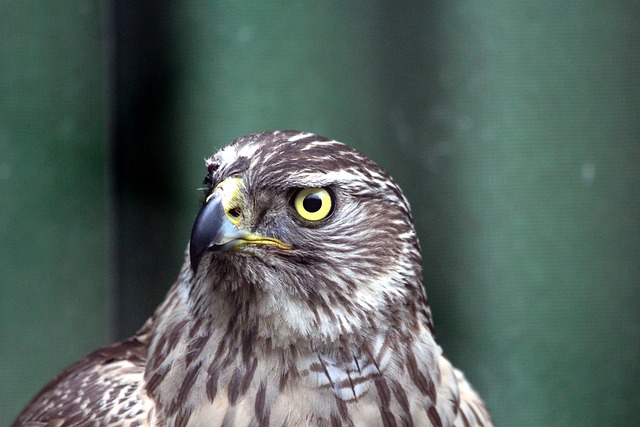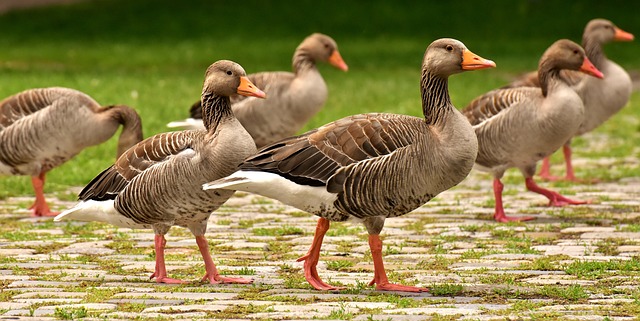The harpy eagle is a neotropical species of eagle. It is also called the American harpy eagle to distinguish it from the Papuan eagle.
It is the largest and most powerful raptor found throughout its range and among the largest extant species of eagles in the world.
It usually inhabits tropical lowland rainforests in the upper canopy layer.
Facts
The harpy eagle is a neotropical species of eagle.
It is also called the American harpy eagle.
It is the largest and most powerful raptor found throughout its range.
It usually inhabits tropical lowland rainforests.
An adult harpy eagle grows between 35 and 41 inches.
An adult female can weigh up to 20 pounds.
An adult male weighs up to around 12 pounds.
Harpy eagles can fly over 80 kilometers per hour.
Harpy eagles can live from 25 to 35 years in the wild.
A harpy eagle’s wingspan ranges from 5.9 to 7.4 feet.
The harpy eagle’s talon is about 5 inches.
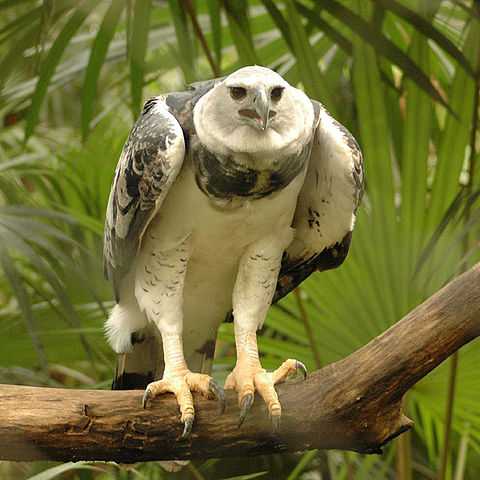
The word harpy came from the Ancient Greek word hárpuia.
Harpy eagles hunt during the day.
Harpy eagle's eyesight is up to 8 times better than humans'.
Harpy eagles mainly feed on sloths, opossums, and monkeys.
They will also eat large birds like curassows and macaws.
The harpy eagle’s legs and talons can apply over 110 pounds of pressure.
A female harpy eagle can snatch a 17-pound monkey.
This eagle is found throughout South America and Central America.
It is near extinction in Central America.
Harpy eagles don't migrate.
The harpy eagle is known as the royal hawk in Brazil.
The estimated population is estimated at more than 20,000.
They are believed to mate for life.
A pair of harpy eagles usually raise one chick every 2–3 years.
Harpy eagles build nests out of sticks.
A harpy eagle’s egg is incubated for around 56 days.
The chick fledges at the age of 6 months.
The harpy eagle is the national bird of Panama.
It is depicted on the coat of arms of Panama.
